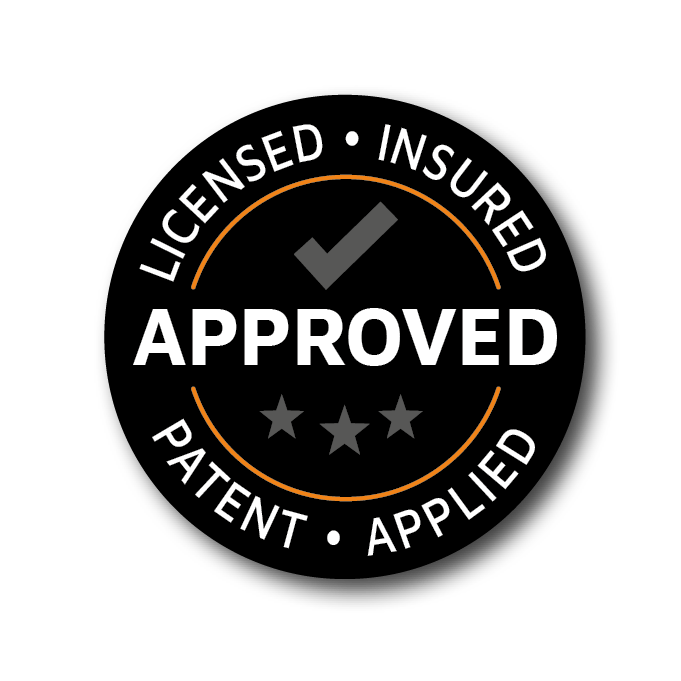
Connection between state building codes, standards and technical building regulations in German construction.
See how fast it worksThe Federal Republic is a federal state. There is a state building code (LBO) in each federal state, which initially applies always and everywhere. To at least approximately achieve similarity, a model building code (MBO) was created at the federal level, from which the LBOs are more or less derived. However, the MBO as such is not independently valid anywhere, it is only a template!
To simplify the consideration somewhat here, all references refer to the MBO, insofar they must be checked for the respective federal state.
The few exceptions for the scope of application of the MBO are regulated in § 1 MBO.
§ 2 MBO provides an overview of so-called special buildings, for which extended provisions apply. Therefore, there are separate special building codes for them in most federal states, which in turn are derived from model special building codes.
Examples of special building codes: Sales facility ordinance, assembly facility ordinance or the school construction guideline.
If a special building code exists for a building in the relevant federal state, the local (usually stricter) provisions must be observed and of course the other provisions of the respective LBO.
The MBO distinguishes five different building classes in § 2 para. 3. For these building classes, slightly different regulations apply within the MBO and possible special ordinances regarding stairs, especially concerning fire protection.
Note: the building height is considered here as the height from finished floor ground floor to the height of the finished floor top floor, thus typical single-family houses are under 7 m high.
Standards and guidelines initially have no legal obligation. This is initially surprising. Experts compile their knowledge in standard committees. Therefore, it is said that a standard represents the current state of technology.
The application of a standard becomes binding for the general public when the German Institute for Construction Technology (DIBT) as the supreme German building authority "introduces" a standard, i.e., includes it in the list of technical building regulations (LTB) and refers to it in the MBO.
In the model list of technical building regulations, this is particularly DIN 18065, which however is only made binding here for building classes 3 to 5 (§ 3 para. 3 MBO). In other words: for typical single-family houses, the MBO applies, but not DIN 18065.
Nevertheless, standards are by no means meaningless. Precisely because they represent the state of technology, building owners can assume when awarding a contract that their stair corresponds to this state or that they will be made aware if it does not. The stair builder must make the customer aware of non-DIN-compliant wishes. This suddenly becomes significant whenever there are disputes or even liability issues in accidents.
Beyond this, there are additional regulations for stairs, e.g., Technical Rules for Workplaces or Accident Prevention Regulations. If these apply in individual cases, their provisions must be observed in addition to all others. The strictest provisions then apply, so to speak.